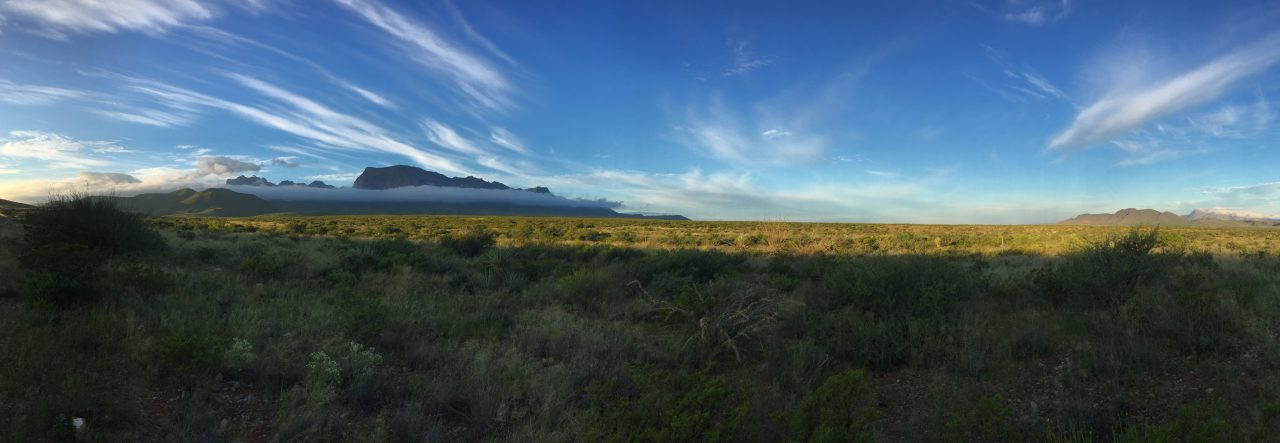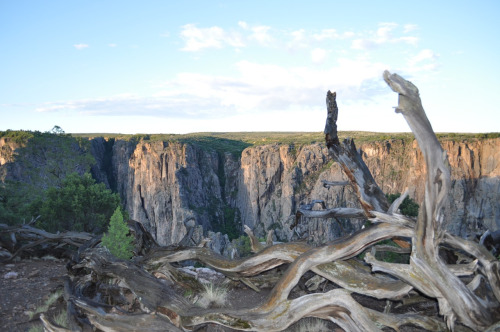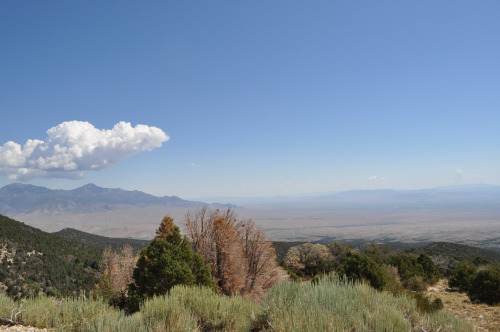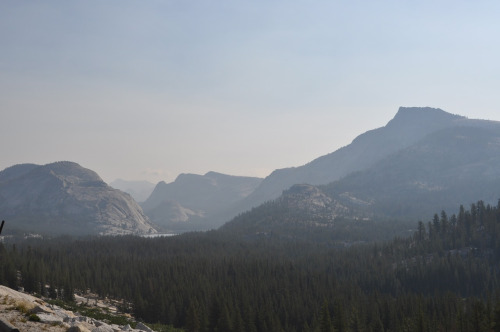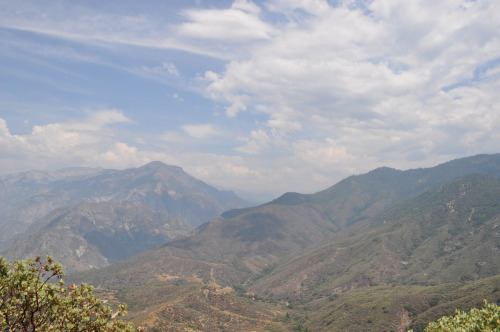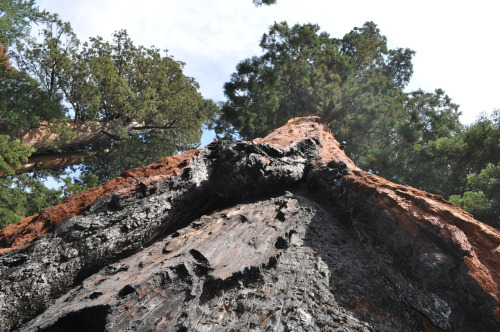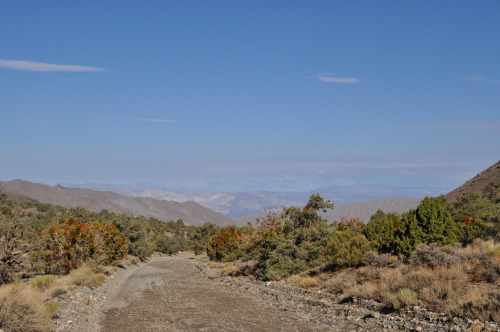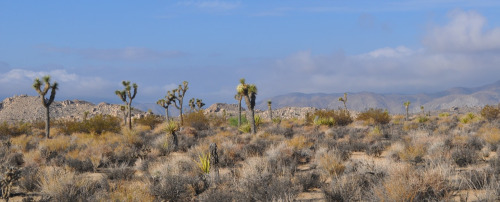Note: I am going to post this in both “The Edge Trek” and in “National Parks,” but the posts for Sunday-Wednesday will all be “National Parks.” I am technically off the edge, so to speak, right now to go deep into Olympic National Park with my son. After Easter, I will return to the edge for a few more days and will be posting notes there accordingly.
Today was a day to straighten up the rig, re-supply a bit and generally get ready for a different sort of adventure for the next few days. Part of the getting ready for me, involves doing a little learning about where I’m going to be and its history. I generally do this the same way anyone would; by consulting multiple sources, cross checking them against each other, reaching out to noted experts in the field for their unique perspective…Actually, I use Wiki for a quick overview, and then I dig into the bits I think are interesting directly by reading the cited articles and any subsequent threads to which they lead me. For example, there is a study on old growth forests of the northwest cited in the Wiki write-up that was written by two US Foresters in 1993 and is 32 pages long. I will read that tonight because I’m interested in it. Anyway, today’s post will be a brief fact sheet on where I’ll be for the next few days. The posts from the park will be more my typical type.
There have been humans on the Olympic Penninsula for over 12,000 years. Until the 1500s, those humans were all likely predecessors to, or part of the indigenous Indian cultures we still find on the penninsula today. The Hoh, Ozette, Makkah, Quinault, Quilente, Queets, Lower Elwha Klallam and the Jamestown S’Klallum tribes are the current representation of those cultures. There are parts of the penninsula which belong to them, and which they control and own completely and which are neither National Park nor National Forest.
The official efforts at protecting the Olympic began in 1897 with good old Grover Cleveland (I don’t really know anything about Grover Cleavland, but it sounds like his name should always be preceded by “Good Old” for some reason). He designated the bulk of the area as a Forest Reserve. In 1909, Teddy Roosevelt named Mt. Olympus a National Monument in an effort to protect a unique strain of elk without having to discuss it with Congress. The effort was successful and the “Roosevelt Elk” now roam all the way into Northern California. There is a picture of some a few days back in the blog. These elk don’t exist anywhere else and are bigger and genetically different from other elk in North America. Finally, Franklin Roosevelt got the deal completely done and created Olympic National Park as we know it in 1938. In 1976, it would also gain the designation International Biosphere; in 1981, World Heritage Site, and 1988, Congress would designate it National Wilderness. I feel like I’m going into the Michael Jordan of National Parks.
Alot of this fawning over the area and unique genetic material is because Olympic is almost cut-off from anywhere else. In the natural world, this separation creates special opportunities for plants and animals. Opportunities that can’t or don’t happen in areas where migration and cross-pollination are commonplace. You can sort of think of Olympic as a steep, high pointed hat with a broad fishing bill on the western edge, hanging on a hat rack. The hook on the hat rack connects it to the rest of the state of Washington. The high peak is the Alpine Zone, highlighted by Mt. Olympus at almost 8,000 feet and representing the highest concentration of glaciers of any non-volcanic peak in the lower 48. It has one glacier over 3 miles long. To the east of the peak, the side of the hat is dry, old growth forest ending at Puget Sound. To the west of the peak, the side of the hat is temperate rain forest of conifer trees. There is 100 inches of difference in rainfall between the two sides of the hat because of the rain shadow created by the Alpine Zone. Finally, at the bottom of the western side of the hat, is a coastal area along the Pacific. There are 62 miles of it and it includes the longest continuous sections of undeveloped coastline in the lower 48.
Over the next few days, we will visit and camp in three of the four regions — the old growth forest, the pacific coast and the temperate rain forest. Much like learning about the edge by being on the edge, there is nothing like taking a walk in the forest to see what you really think about it. I don’t expect to have much if any cell coverage (thank God), but I will record it all in word and picture and look forward to posting exactly what I think about it all here.


